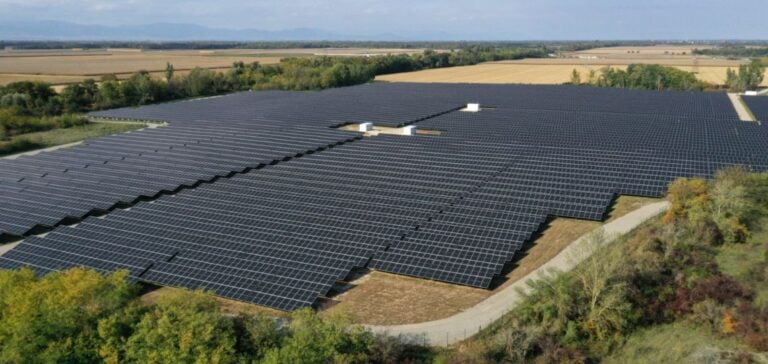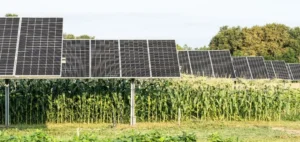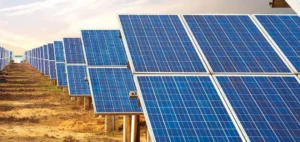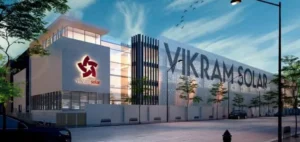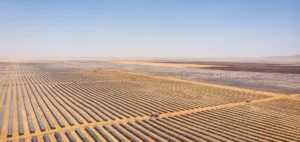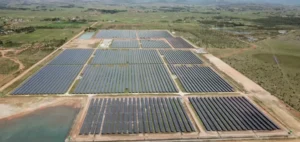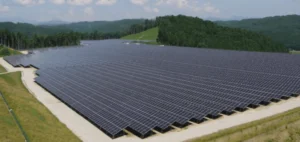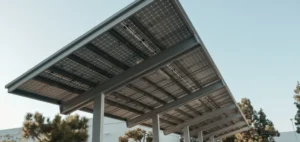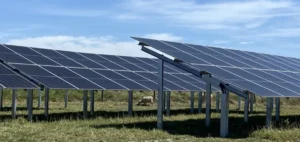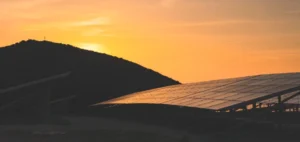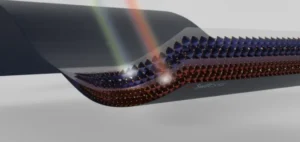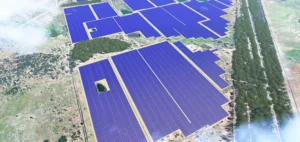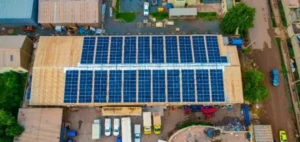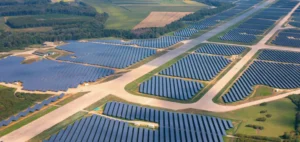Clearvise AG announces the acquisition of the 42.7MWp Wolfsgarten solar park, developed by ALTUS renewables GmbH. This acquisition gives Clearvise an operational production portfolio of 316MW, in line with its objective of balanced electricity production, equally divided between wind and solar power. The Wolfsgarten solar park, commissioned at the end of April 2024, sells its electricity via a PPA (Power Purchase Agreement).
A model without tariff subsidies
The Wolfsgarten solar park is the second Clearvise project to be operational without tariff subsidies, following the 12.5MWp Alsweiler II solar park, also developed by ALTUS. This PPP model enables Clearvise to secure stable, long-term revenues, independent of fluctuations in government subsidies. In March, Clearvise had already signed another PPA for a solar project under construction in France.
Expertise and fruitful cooperation
Petra Leue-Bahns, CEO of Clearvise AG, praised ALTUS’ development expertise and their long-standing cooperation. Thanks to this collaboration, the Wolfsgarten park was able to be commissioned before the summer months of high irradiation. The partnership between ALTUS and Clearvise, which began in 2021, is strengthened by this acquisition. ALTUS will continue to manage the Wolfsgarten solar park over the long term, ensuring a smooth transition and continued operation.
Market challenges and necessary adjustments
Since the purchase agreements were signed in 2021, the renewable energy market has undergone significant changes, necessitating adjustments to the initial agreements. ALTUS, supported by Stadtwerke Mainz-Wiesbaden, has demonstrated its ability to carry out major projects even in a difficult market environment. Marco Eggensperger, Managing Director of ALTUS renewables GmbH, expressed his satisfaction at the successful completion of the project and the continuation of their partnership with Clearvise.
Clearvise’s growth strategy and acquisition model
Clearvise AG, with its acquisition strategy based on three pillars – clearSWITCH, clearPARTNERS and clearVALUE – aims to expand its portfolio profitably. The company, listed since 2011, focuses on creating value for all stakeholders through individual and diversified investment models. Clearvise AG’s acquisition of the Wolfsgarten solar park marks an important step towards its goal of balanced renewable energy production.


